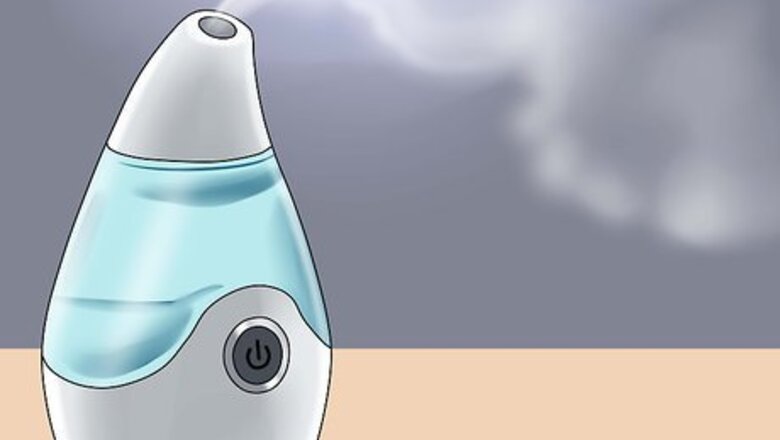
views
Removing Static Electricity In The Home
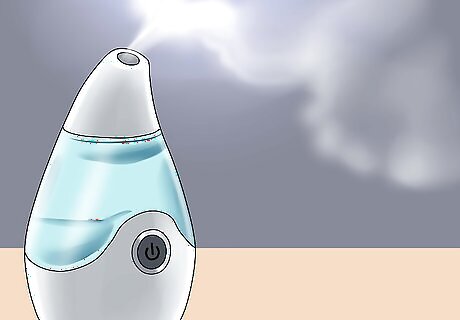
Use a humidifier. Static electricity is more active when the air is dry, especially in the winter months when people heat their houses, further reducing humidity in the air. Increase the humidity in your house and workplace by using a humidifier. The moisture in the air can help reduce static charge from building up. Having plants around the house or workplace can help increase humidity as well. You can create your own humidifier by simply boiling water on the stove. You can add spices like cinnamon or citrus rinds give off a nice scent while you humidify your house.
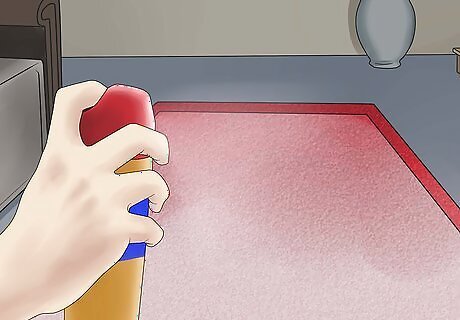
Treat your carpets with an anti-static chemical. Most carpet retailers or carpet companies online offer spray treatments to treat rugs and carpets. There are also some carpets that are specifically made to with an anti-static component. Lightly spray your carpet with an anti-static spray, and wait for it to completely dry before walking on it. This will greatly decrease the amount of static electricity you experience after walking on the carpet. To make a static reducing spray at home, you can mix 1 capful of fabric softener with antistatic properties in a spray bottle of water, shake the mixture, and lightly spray over the carpet.
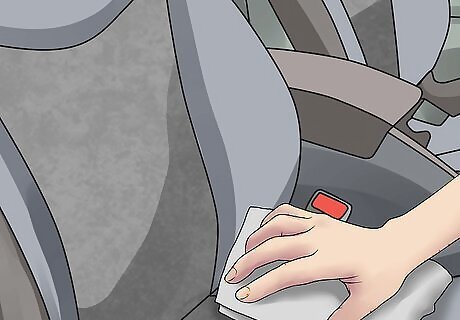
Rub upholstery with dryer sheets. Rub upholstered furniture or your car seats with dryer sheets to reduce the static buildup on those surfaces. Dryer sheets help neutralize the electric charge. You can also try spraying these areas with a static reducing aerosol or spray.
Removing Static Electricity On Your Body
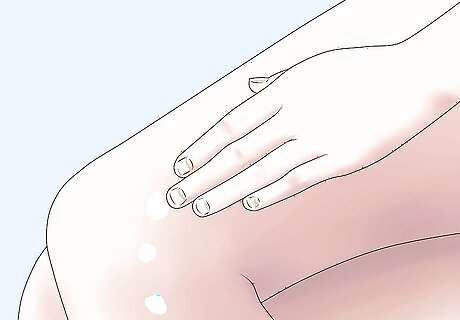
Keep your skin moisturized. Rub lotion on yourself when you get out of the shower and before getting dressed, or rub it on your hands intermittently throughout the day. Dry skin contributes to static electricity and static shock, so lotions and moisturizers help to prevent static electricity from accumulating on your body.
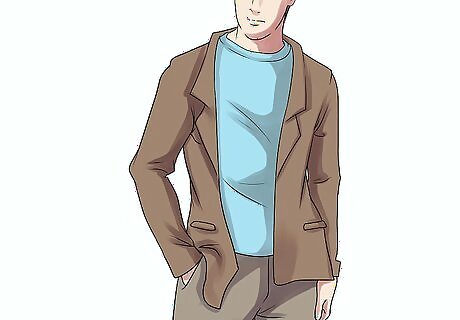
Change your clothes. Switch from wearing synthetic fibers (polyester, nylon) to wearing natural fibers (cotton), which are low static materials. If your clothes are still affected by static electricity, you can rub dryer sheets on your clothes, or spritz them with a little bit of hairspray.
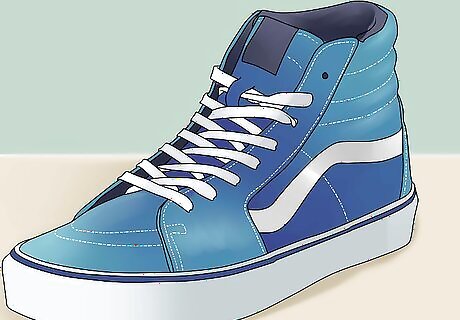
Wear shoes that dissipate static. Wear leather-soled shoes, which are excellent for reducing static shock, rather than rubber-soled shoes, which accumulate and create static electricity. Try experimenting with different kinds of shoes to see which shoes create the least amount of static shock. If you can, walk barefoot in the house. Some shoes worn by those who work with electronics have conductive strands woven into the soles of their shoes which discharge static electricity as they walk.
Preventing Static Electricity In Your Laundry
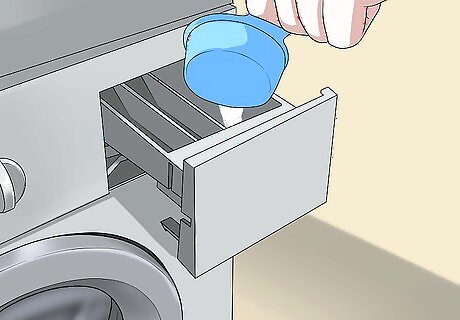
Add baking soda to the wash. Add ¼ cup of baking soda to your clothes before starting the washing cycle. Baking soda creates a barrier between positive and negative charges from building up and creating static. Depending on the size of the laundry load, you may need to adjust the amount of baking soda you add in. For bigger loads you can add about ½ cup of baking soda, and for small loads you can use 1 or 2 tablespoons of baking soda. Baking soda is also considered a water softener and a fabric softener.
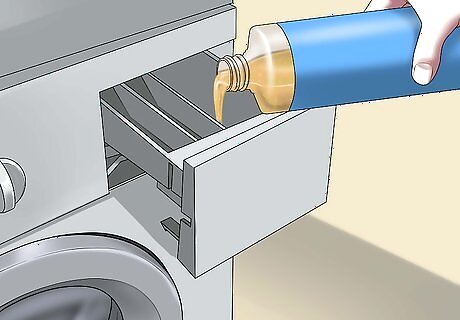
Add vinegar to the wash. When your wash machine is transitioning to the rinse cycle, pause the machine and pour in ¼ cup of white distilled vinegar. Restart the machine to continue the rinse cycle. Vinegar serves as both a fabric softener and static reducer in the laundry.
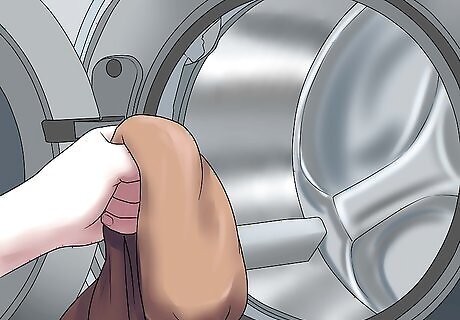
Add a damp washcloth to the dyer. For the last 10 minutes of the drying cycle, turn the dryer to the lowest heat setting, and add a damp washcloth to the machine. Allow the dryer to carry out the rest of the drying cycle. The damp washcloth helps add moisture to the air, preventing electrical charges from building up in the dryer. Use wool dryer balls during the dryer cycle. Wool balls absorb moisture from clothing in the dryer, maintaining a more humid environment, and helping you get rid of static cling and friction.
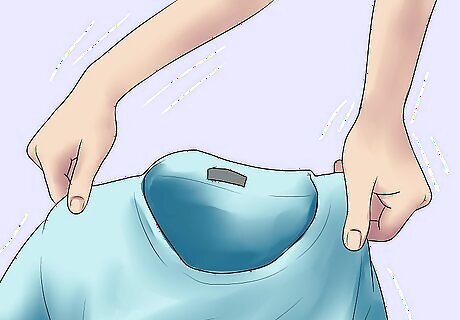
Shake your clothes. As soon as your clothes are finished drying in the dryer, take them out and shake them. This prevents static electricity from setting in. Alternatively, to reduce static even more, you can air dry your clothes and hang them on a clothesline to dry.
Using Static Quick Fixes
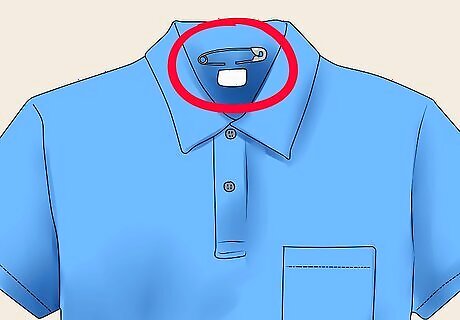
Attach a safety pin to your clothes. Attach a safety pin to the seam of your pants or at the back neck of your shirt. The metal of the pin discharges the electrical build-up in your clothes, preventing static cling and electrical shocks. Attaching the pin at a seam allows you to hide the pin, but still reap its static-reducing benefits.
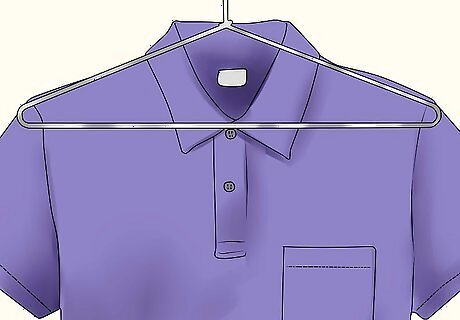
Run a metal hanger over clothes. Run a metal hanger on the surface (front and back) and inside of any article of clothing. This will reduce the electrical charge of the item of clothing, by transferring the electron charges on the clothes to the metal hanger.
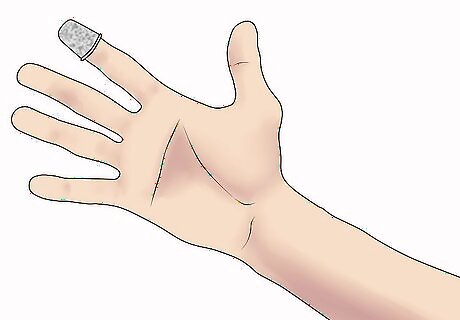
Carry around something metal. Always keep some piece of metal on your person, whether it’s a coin, a thimble, or a keychain. Use any of these items to touch the grounded metal surface before you touch it with your skin. This is also know as grounding yourself, so you never accumulate electrical charges, but the charges are instead transferred to the metal object.




















Comments
0 comment